December 25th, 2014
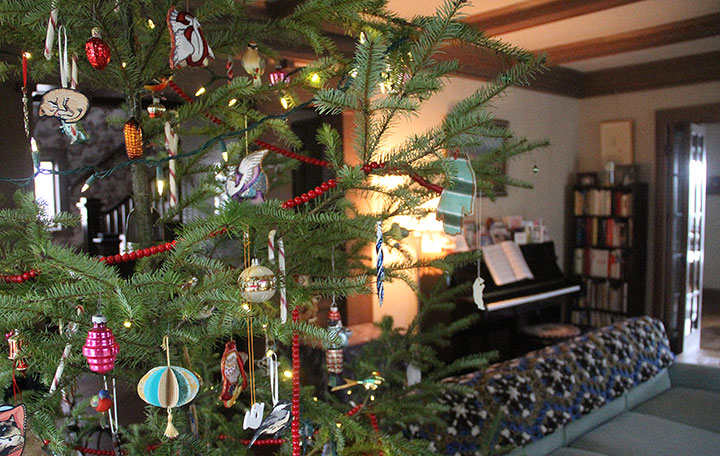
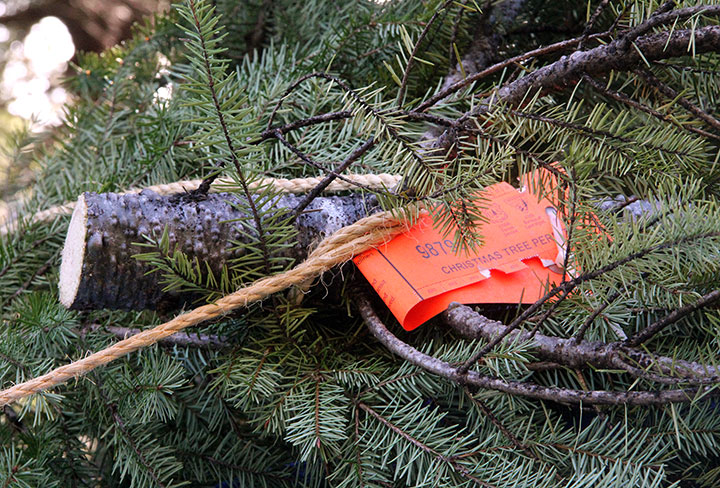



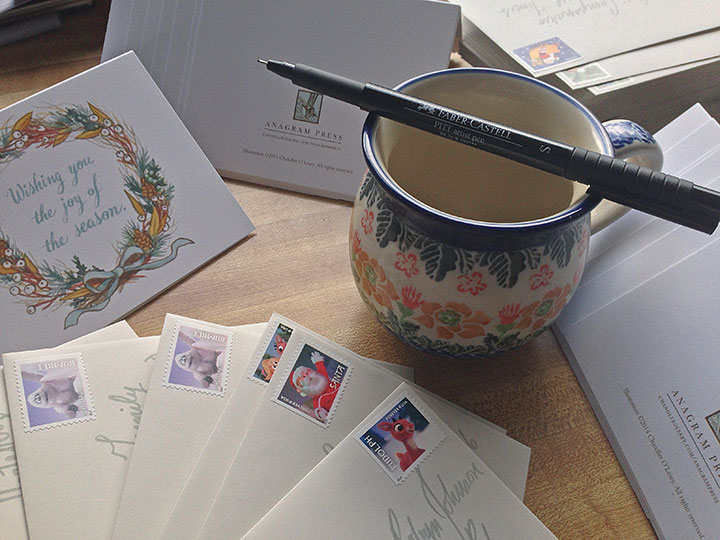

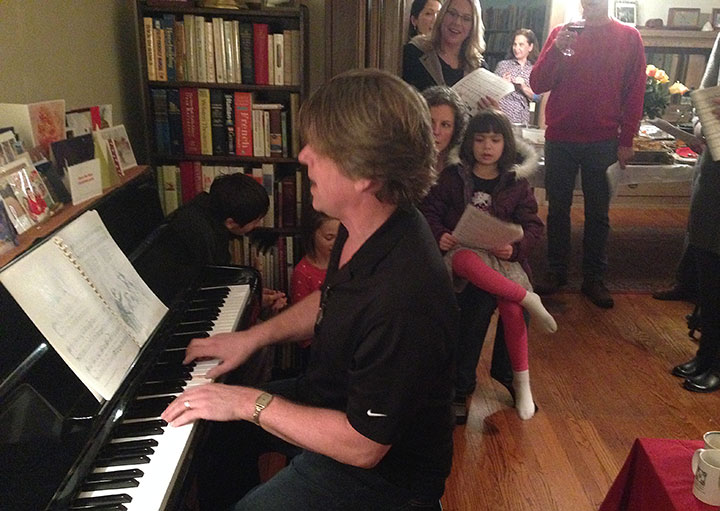



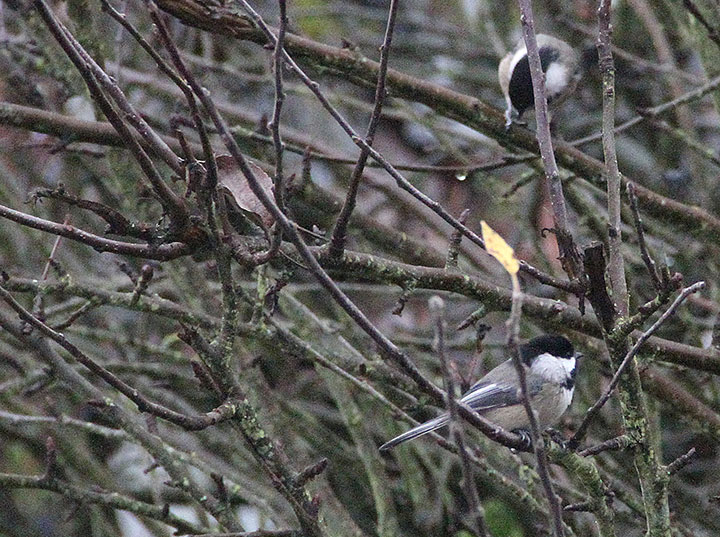
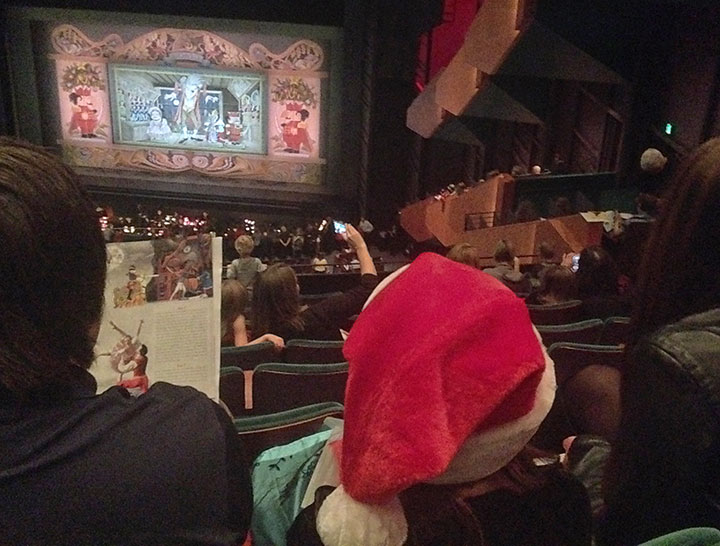

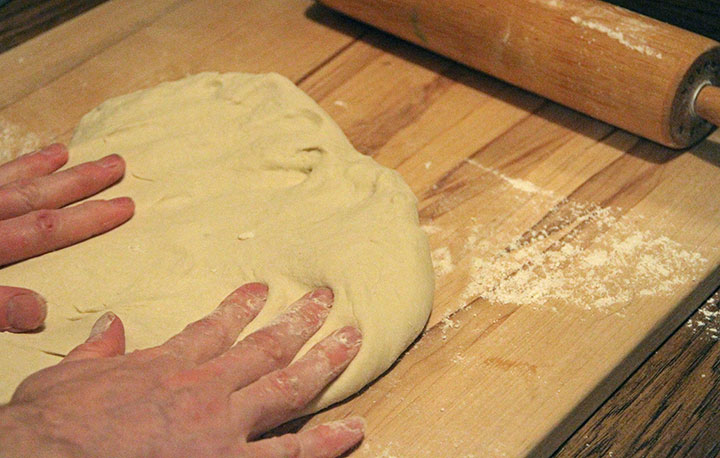
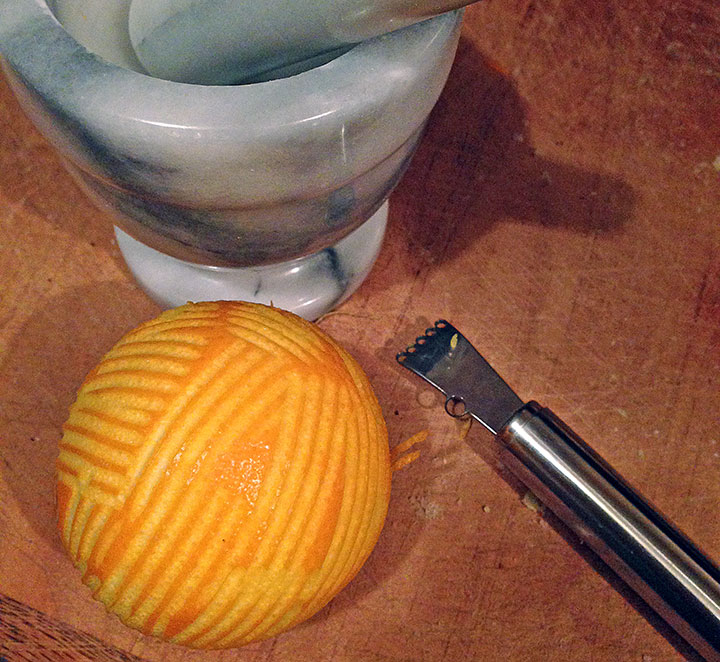
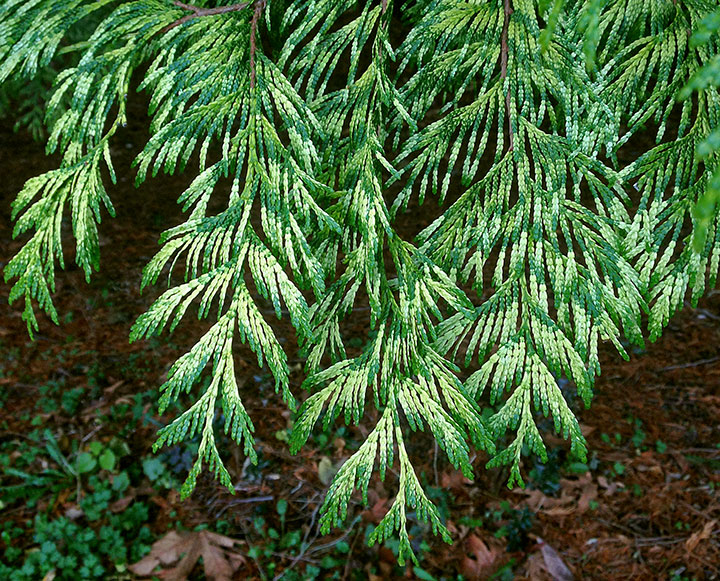
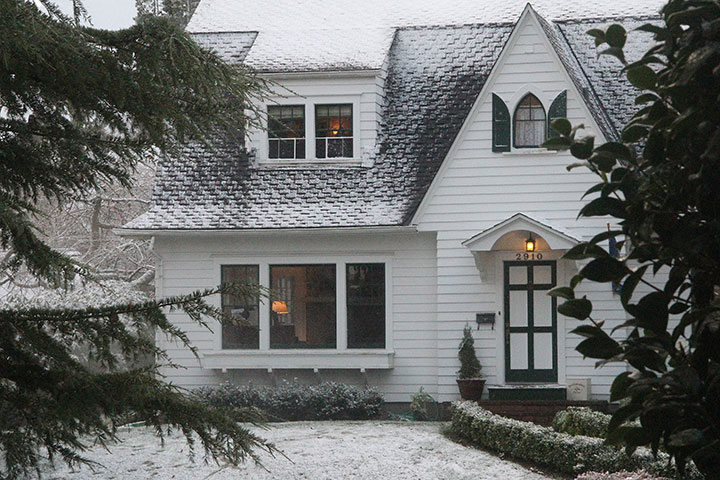
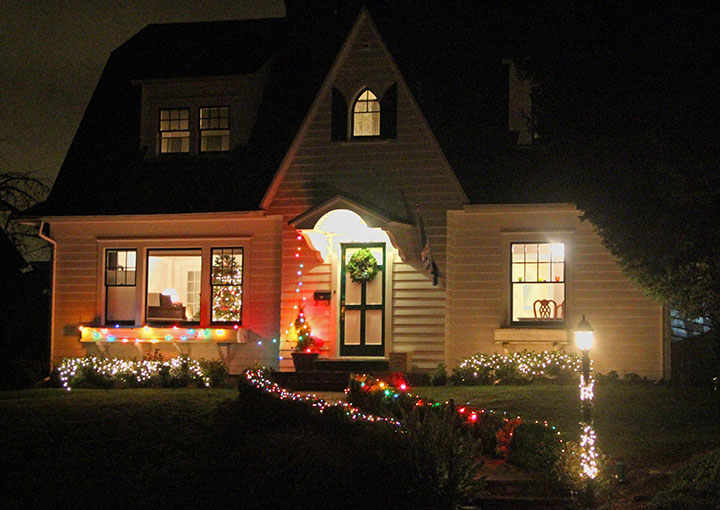
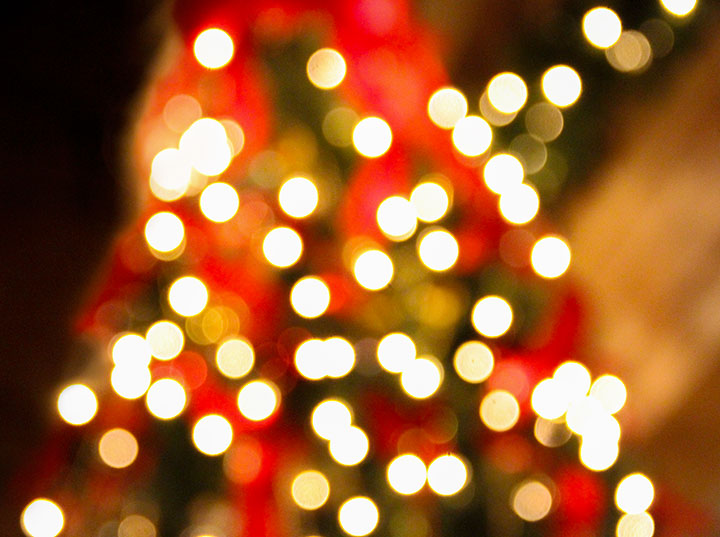
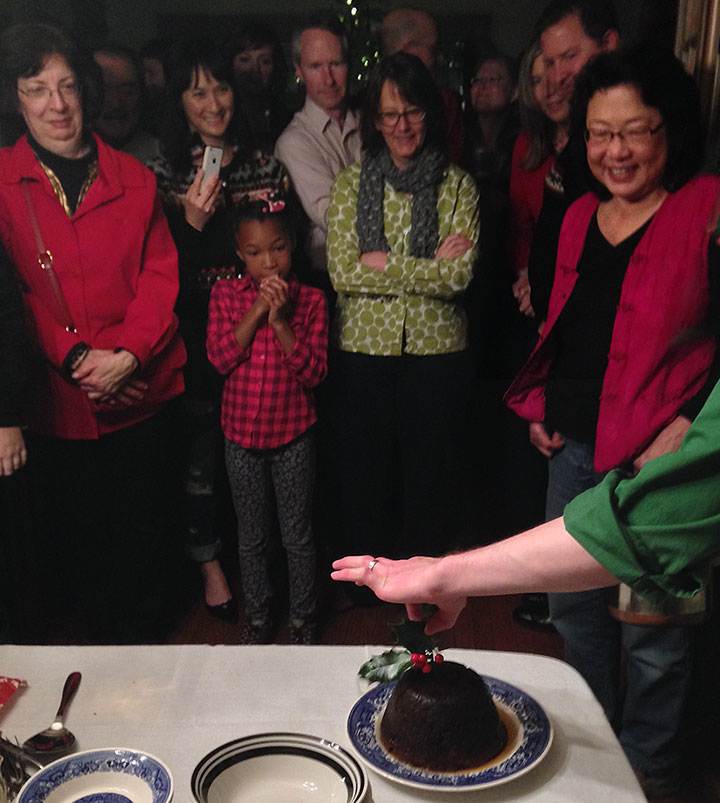
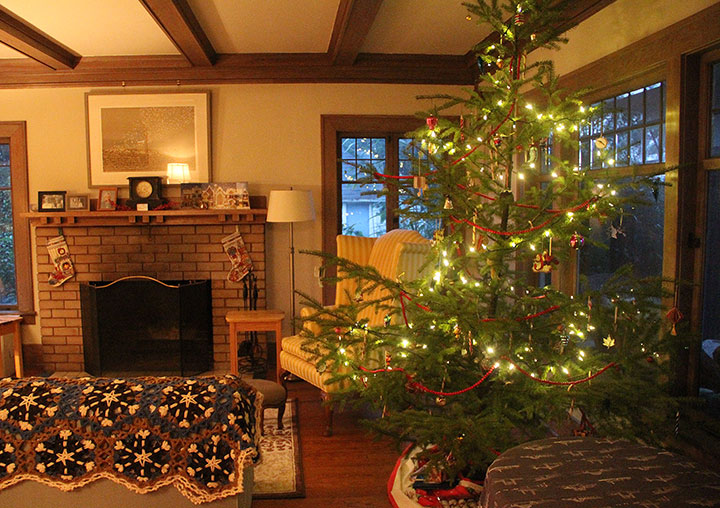
To me this season is not about a certain day, or even a series of holidays—it’s a collection of moments. It’s those moments that I cherish above anything else—especially when they happen with the people I love best, in this part of the world I call home. I hope your season, however you might celebrate or mark it, is filled with the moments you’ll want to remember always.
Merry Christmas, and happy holidays, from our home to yours.
October 20th, 2014
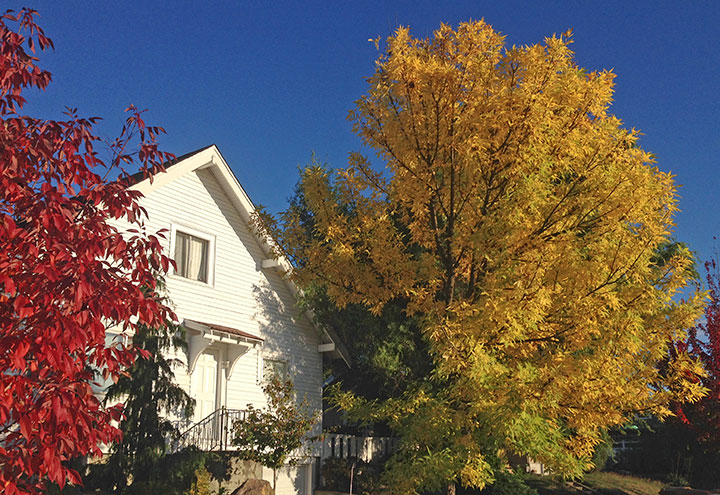
We’re all moved into our new house, and fully in the thick of unpacking and setting up our lives again. But despite a pile of work to do that stretches from here to next year, I didn’t want to miss my favorite season. So every chance I get, I’ve been sneaking out to take walks among the autumn colors. And all the while, a snippet of Robert Frost plays on repeat in my head:
So dawn goes down to day.
Nothing gold can stay.
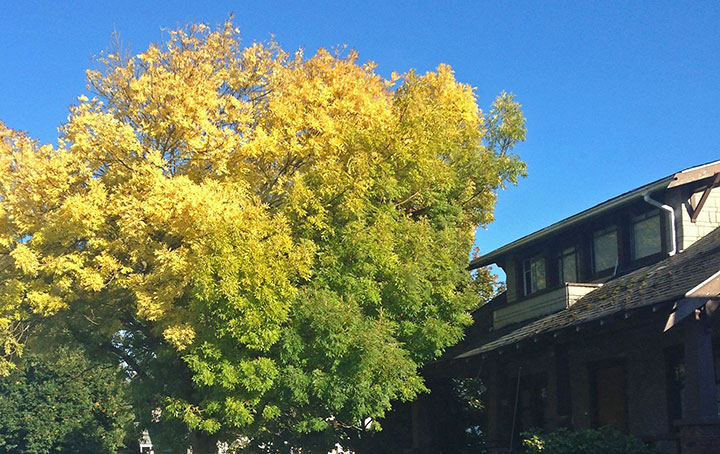
December 23rd, 2011
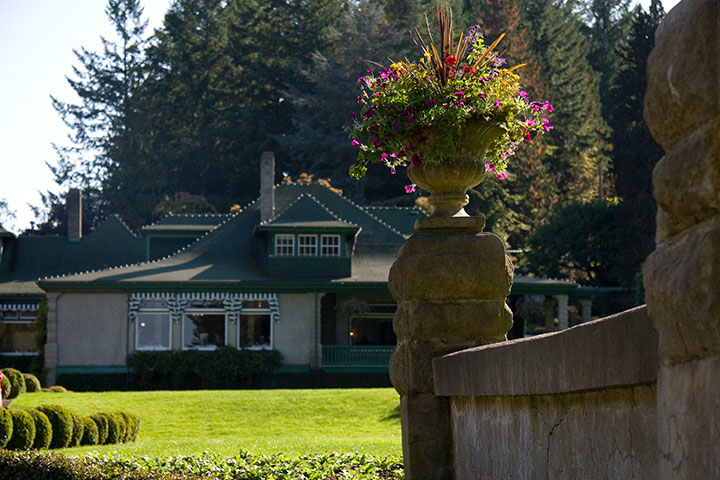
The three days Nicole and I spent in Victoria were star-studded with beauty and color, but nothing was quite so breathtaking as the Butchart Gardens, just a few minutes north of the city.
Now a Canadian National Historic Site, the Gardens were the private grounds surrounding the home of Robert and Jennie Butchart. So the place didn’t feel like your average botanical garden or arboretum. There were no exhibit signs, no identifying plaques next to the different flower types, nothing that created the feel of a museum—instead there was the perfect illusion of taking a stroll around the grounds of a palace, or traveling back in time to the days of manor houses and perfectly-maintained estates. Yet this was no exclusive world; the estate is named “Benvenuto” (Italian for “welcome”). The Butcharts welcomed to their home any visitor who wanted to see it, and they were famous for their hospitality. Jennie had reportedly served 18,000 cups of tea to friendly strangers before her family convinced her to charge a nominal admission fee.
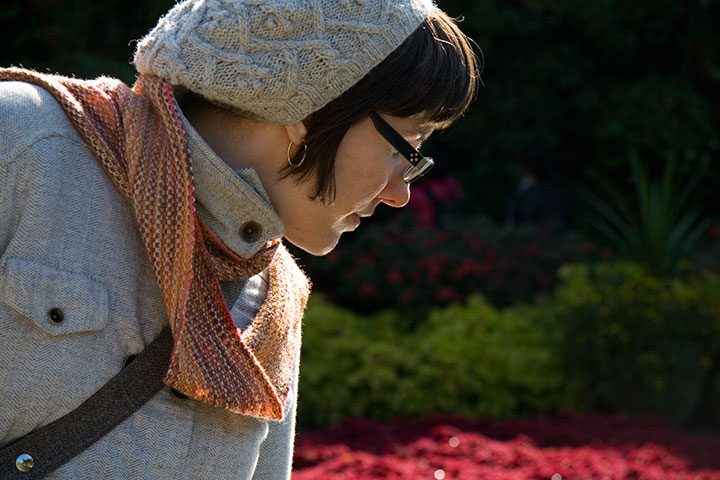
It wasn’t hard to see why the visitors came in droves. Nicole wandered off to admire the variety of blooms, but I stood mesmerized by the light.
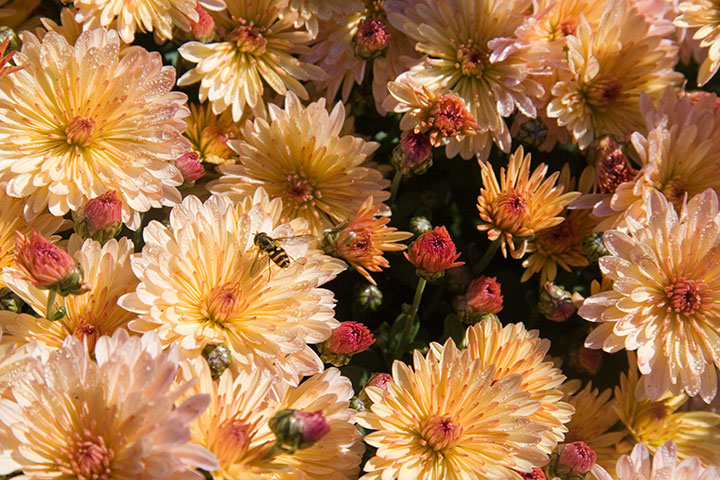
Usually gardens in the Northwest have a somewhat otherworldly glow, what with our silver skies and rainy mists. But in full sunshine, the place was an absolute riot of color.
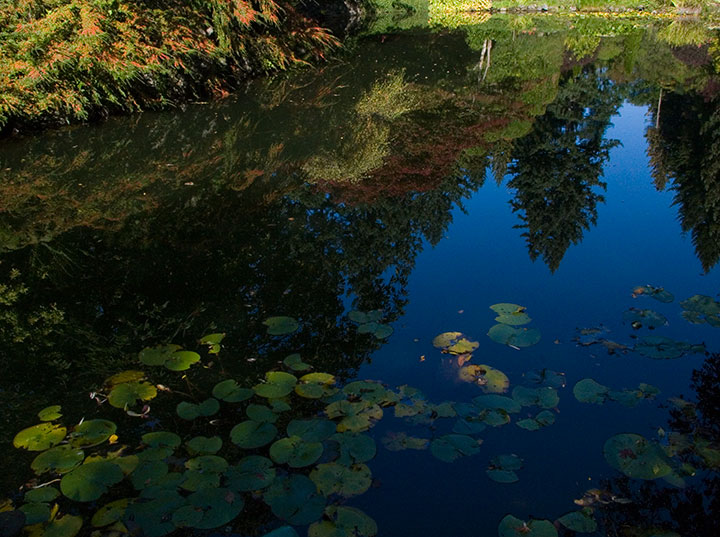
I could have spent the whole day just losing myself in the jewel tones all around me.

But Jennie Butchart’s garden is so much more than a flashy display of color: it’s also a staggering feat of environmental design and land reclamation. Jennie was way ahead of her time.
You see, the Butcharts’ land began as a turn-of-the-century limestone quarry, which supplied Robert’s cement company with raw material. When the quarry was exhausted, all that was left was a barren pit. It was Jennie who had the idea to transform an industrial wasteland into a thing of beauty. She had many tons of topsoil brought in by horse and cart, and over the course of several years, she gradually, patiently reclaimed the land and shaped it into a thriving garden.
The result is the stunning Sunken Garden, a masterpiece of earthworks and living sculpture. I was expecting the Queen of Hearts to appear around a bend in the path, a flamingo tucked under each arm. The perfect English garden.
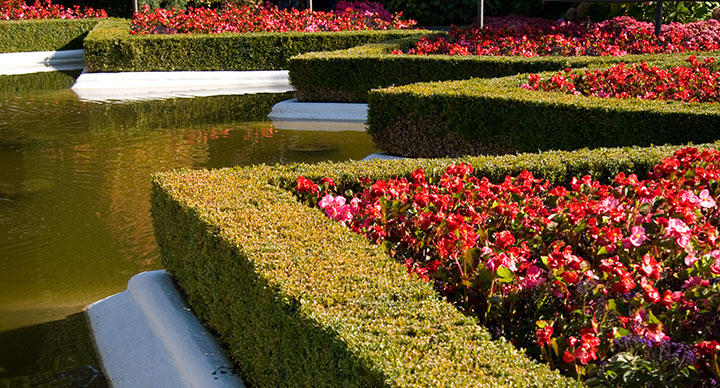
As I continued along the path, suddenly I found myself transported to Versailles—

—and then to Japan.

Lest I lose my bearings, though, reminders that this is the Northwest were ever-present.
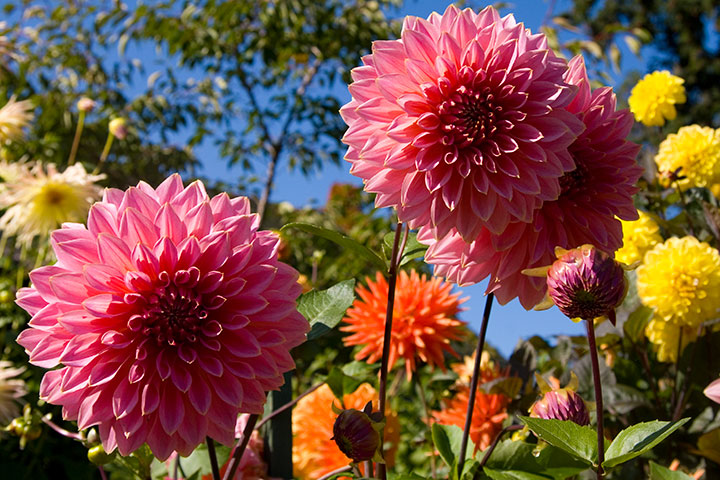
Jennie’s garden has evolved far beyond a labor of love. It’s truly a national treasure, and an international curiosity—we heard well over a dozen different languages spoken that day, and struck up conversations with people from five different continents.
Yet despite the flocks of travelers, it was never difficult to find a moment of peaceful, contemplative solitude. I can’t wait to return, and eventually visit Jennie’s garden in every season of the year.
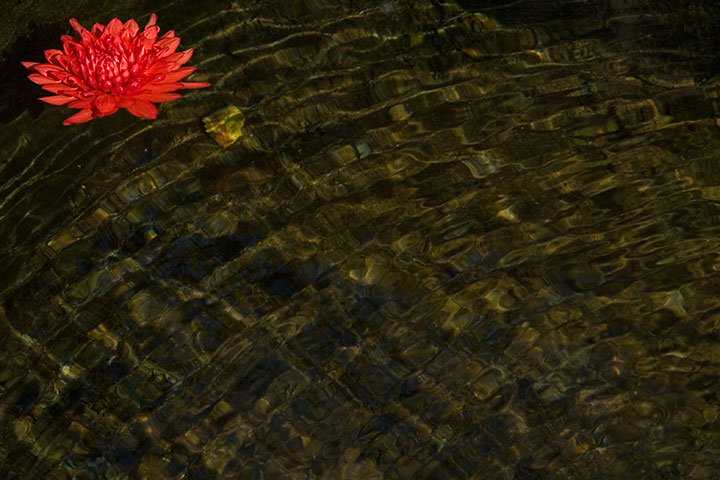
October 23rd, 2011
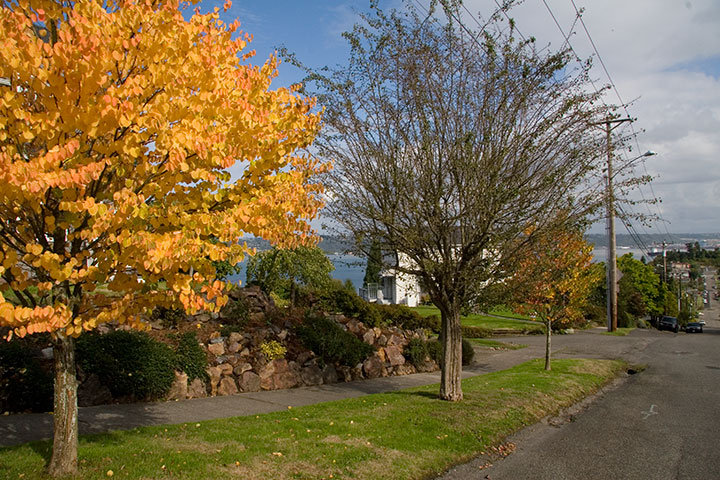
Commencement Bay from the North End, Tacoma, WA

Pumpkin patches, Vancouver Island, BC

First squash haul of the year from Zestful Gardens, Puyallup, WA
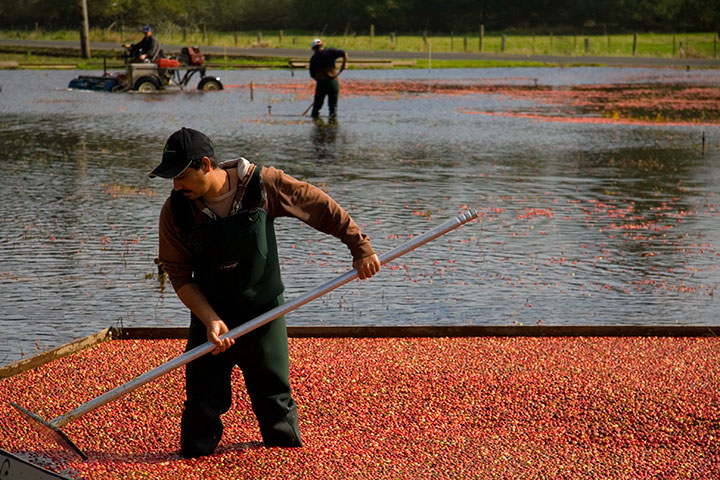
Cranberry harvest, Long Beach, WA
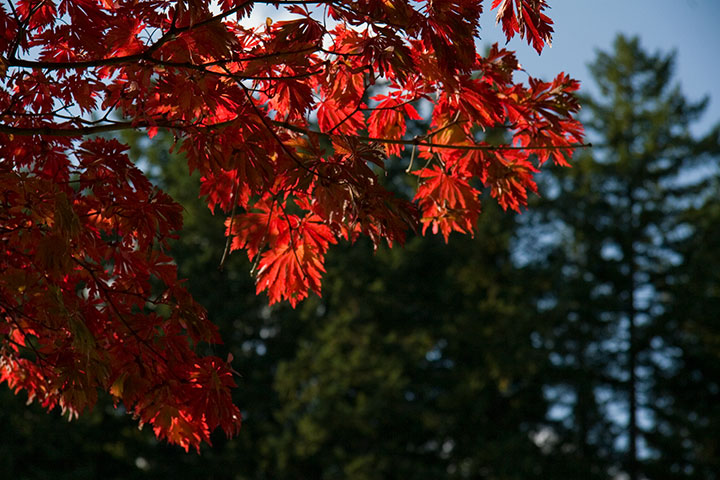
Japanese maple, Butchart Gardens, Brentwood Bay, BC
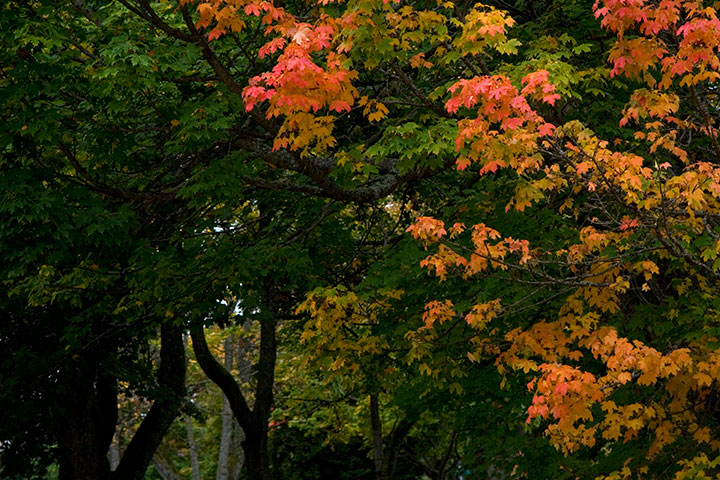
Proctor District in the rain, Tacoma, WA
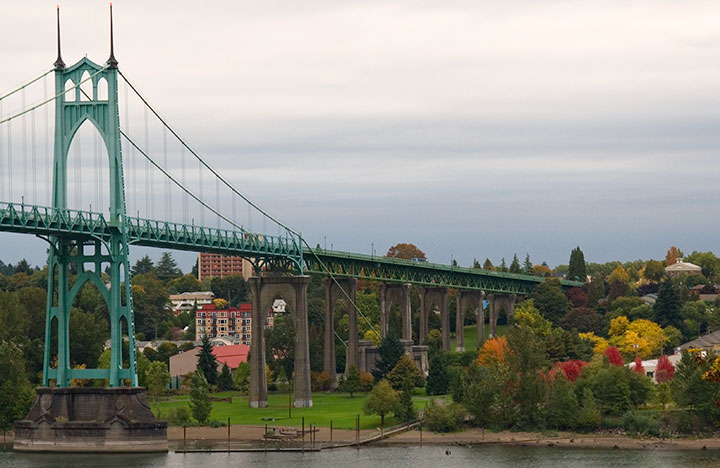
St. Johns Bridge, Portland, OR
Have I mentioned that I love autumn in the Northwest?
September 22nd, 2010
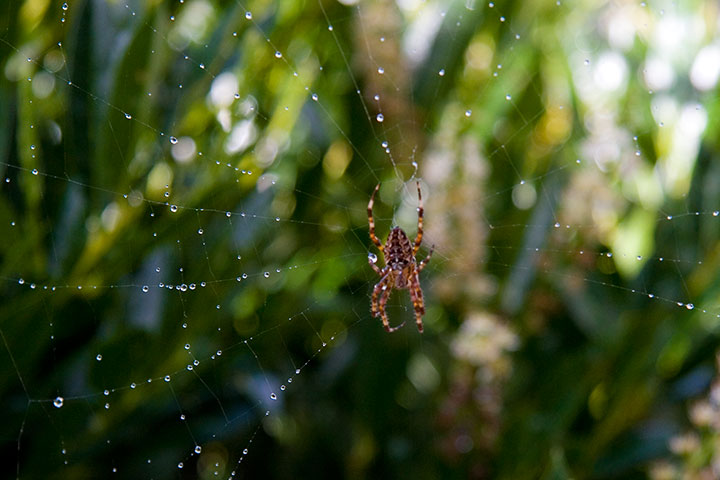
I don’t need the calendar to tell me that fall has arrived. For one thing, the enormous garden spiders are back, guarding our house and reveling in the rain that’s come early this year.
For another, when the sun finally came out, and the skies cleared, the air was suddenly crisper, thinner, fragile in its warmth.
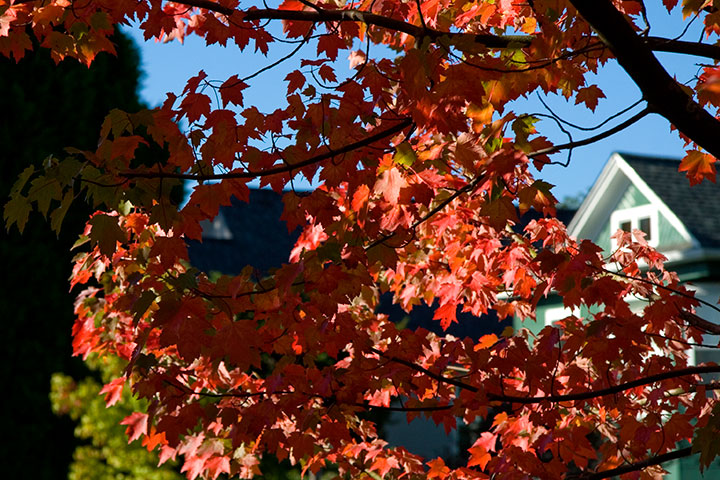
And the trees—
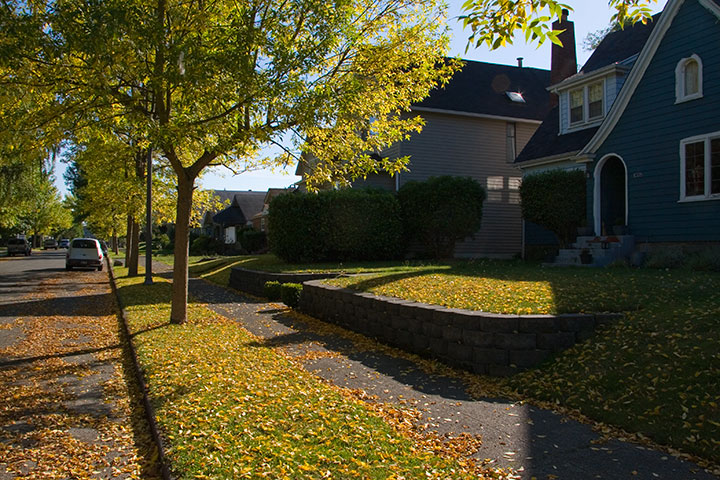
the trees.
I blinked, and it was autumn.
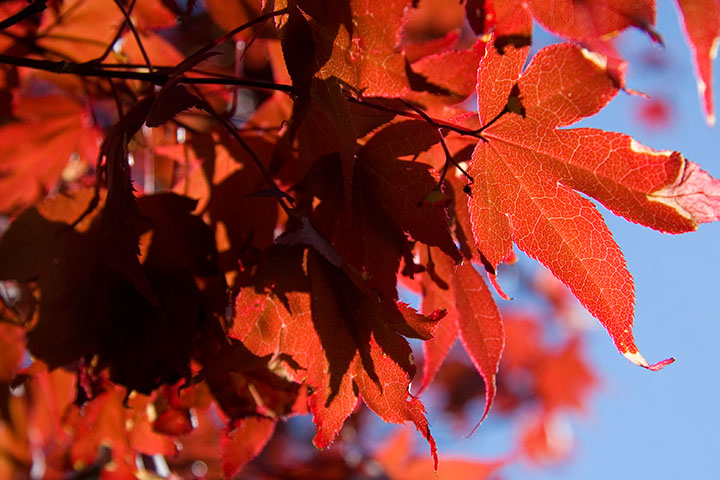
Good thing I was paying attention. I don’t want to miss it.
Happy fall, everyone!
December 22nd, 2009
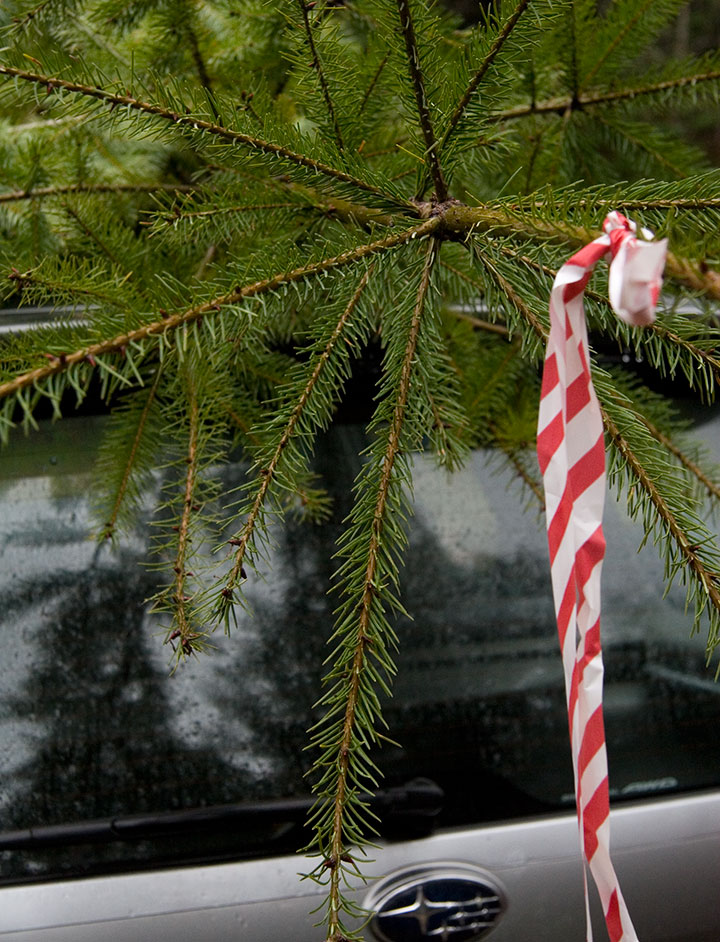
If you’ve been reading this blog for awhile, or you’ve met me or the Tailor, you already know about our penchant for storing food and taking seasonal eating to hardcore extremes. But our nuttiness about walking the talk extends far beyond the pantry. Another aspect of our attempts to live as sustainably as we can is our rejection of synthetic materials. Now, we’ll never live entirely free from petroleum products—we drive a car. We own a refrigerator, a stereo and a plethora of records, tapes, CDs and DVDs. I use a computer, a scanner, a digital camera, and a host of accompanying accessories. I’m not about to buy underwear with a button waist. I gleefully print with photopolymer plates. And we just can’t let go of our small, sentimental collection of deliciously hideous, ancient Tupperware. But all things considered, you’d be hard-pressed to find much plastic in our house. Whenever possible we buy clothing, tools, containers, furniture, and everything else made purely from natural materials: wood, metal, glass, cotton, linen, wool, silk, bamboo, cork, bone, shell. Much of the time, nowadays, that means we have to look for vintage versions of whatever we’re shopping for, but you’d be surprised at what’s available—as long as one is willing to search for it. I know how extreme this position is—and believe me, it’s not something that can be done overnight. This is a process years in the making, and just the fact that we’re still working at it (and probably always will) shows that it’s not for everyone, and certainly not the only solution out there. But the biggest benefit of it all is how long-lasting our belongings are—and when things break, they can usually be mended, rather than thrown away and replaced.
The biggest downside, however, is that by choosing this path we also choose to abstain from some creature comforts and cultural elements that are dated from after the advent of plastic. Most of the time I don’t miss it—or even notice anything lacking. But right now, during the holiday season, I have a fierce craving for twinkle lights that I just have to resist (if anyone can find me twinkle lights made entirely of glass bulbs, metal wire and cloth cord, I’ll be all over it).
Even with our solemn vows to thwart plastic, our search for a Christmas tree left us in some doubt (I grew up with an artificial tree, and have only had one Christmas tree of my own—a real one, three years ago). Is it better to buy a fake tree once or intentionally kill fifty-odd living evergreens in one’s lifetime? Which is worse—fossil fuels or deforestation? How about burning fossil fuels on our way to deforest a section of land?! (The irony of the freshly-killed tree tied to a hippie Subaru in the above photo isn’t lost on me.) And can one family really do so much damage just by celebrating the holidays, or should we just stop worrying so much?
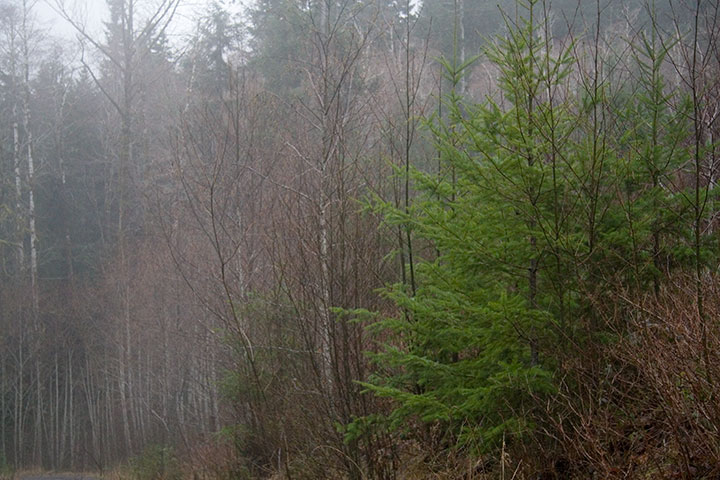
In the end, we followed the same instincts we rely on for our choice to remain omnivores: we decided on a real tree (after all, we do live in a place with abundant trees that shoot up fast, thanks to our rainy climate), as long as it could be culled responsibly. So we called up some friends who own land near Olympia, and as luck would have it, there were some young Douglas-firs on their property that were scheduled to be removed in the spring.
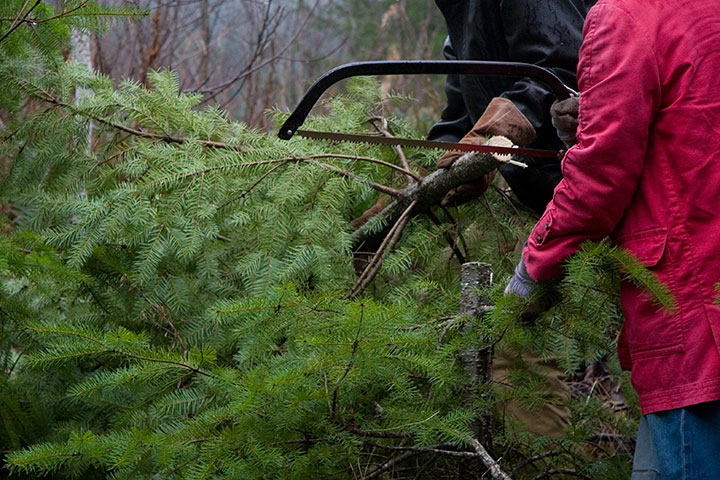
A little elbow grease later, we had our Christmas tree.
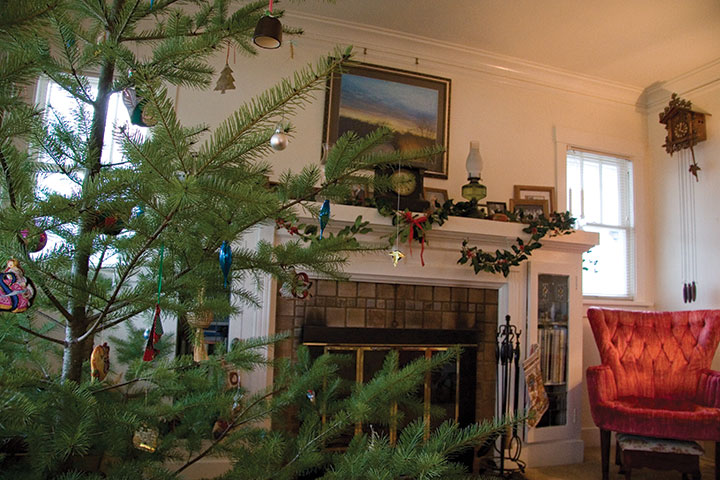
It doesn’t have the textbook perfection of a farmed tree, but it looks lovely in the living room, bedecked in handmade and vintage ornaments (I think there are exactly four plastic items contained therein). And as we decorated it on the solstice, I privately gave thanks to the land for contributing to our holiday.
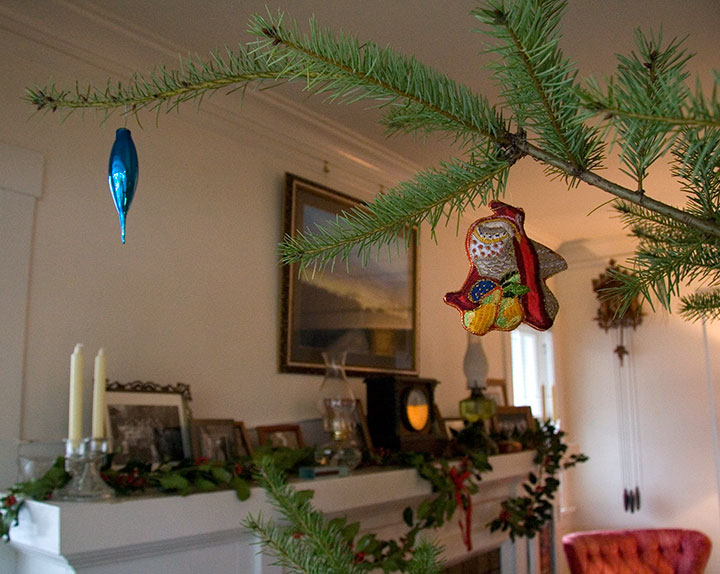
Now that we live in a house with a fireplace, we can finally hang the stockings by the chimney with care. And with a fireplace comes a mantel just begging to be decorated.
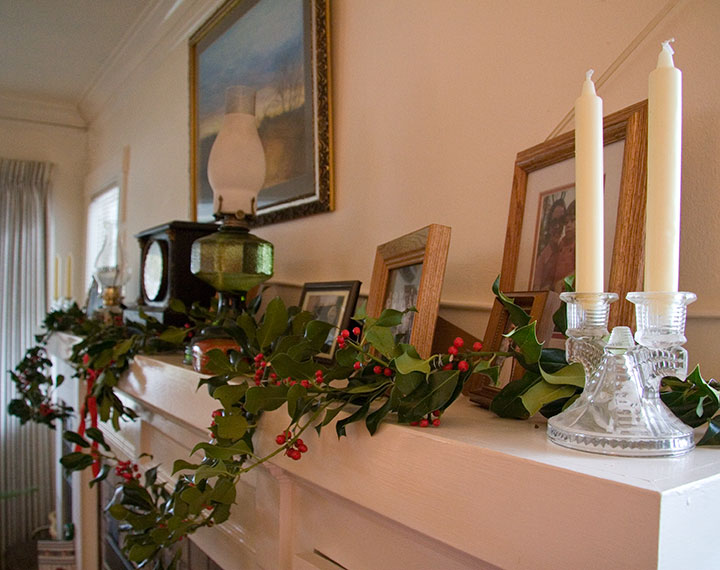
So another friend invited us to clip some holly branches (holly is a beautiful but noxious weed around here, so pruning is always welcome) from his back yard, and with the help of a little steel wire I whipped up a Christmas garland.
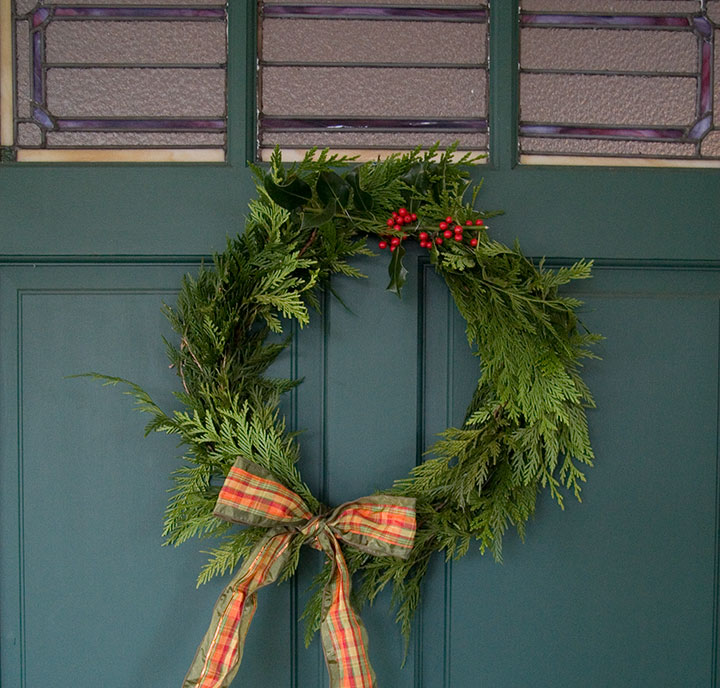
We used a bit of leftover holly and some cedar prunings for a wreath, and suddenly it was Christmas at our house. So maybe I don’t have my beloved twinkle lights, but somehow it feels better this way. We had a big holiday potluck last night, with thirty or so people crammed into our living and dining rooms, bellowing carol harmonies and exploding crackers and cheering when the Tailor poured blue-flaming brandy on the plum pudding. And nearly every one of them said it felt like their grandmother’s house, or their childhood traditions, or what they imagined of Christmases past. So maybe I don’t so much need that string of lights.
Still, since the moment we decided on a real tree I’ve been reminded of my favorite Robert Frost poem—which might make me all the more conscious of our choice, but also more appreciative of the holiday in general. After all, a Christmas tree is something the city “could not do without and keep its Christmas.”
Christmas Trees
(A Christmas Circular Letter)
The city had withdrawn into itself
And left at last the country to the country;
When between whirls of snow not come to lie
And whirls of foliage not yet laid, there drove
A stranger to our yard, who looked the city,
Yet did in country fashion in that there
He sat and waited till he drew us out
A-buttoning coats to ask him who he was.
He proved to be the city come again
To look for something it had left behind
And could not do without and keep its Christmas.
He asked if I would sell my Christmas trees;
My woods—the young fir balsams like a place
Where houses all are churches and have spires.
I hadn’t thought of them as Christmas Trees.
I doubt if I was tempted for a moment
To sell them off their feet to go in cars
And leave the slope behind the house all bare,
Where the sun shines now no warmer than the moon.
I’d hate to have them know it if I was.
Yet more I’d hate to hold my trees except
As others hold theirs or refuse for them,
Beyond the time of profitable growth,
The trial by market everything must come to.
I dallied so much with the thought of selling.
Then whether from mistaken courtesy
And fear of seeming short of speech, or whether
From hope of hearing good of what was mine,
I said, “There aren’t enough to be worth while.”
“I could soon tell how many they would cut,
You let me look them over.”
“You could look.
But don’t expect I’m going to let you have them.”
Pasture they spring in, some in clumps too close
That lop each other of boughs, but not a few
Quite solitary and having equal boughs
All round and round. The latter he nodded “Yes” to,
Or paused to say beneath some lovelier one,
With a buyer’s moderation, “That would do.”
I thought so too, but wasn’t there to say so.
We climbed the pasture on the south, crossed over,
And came down on the north.
He said, “A thousand.”
“A thousand Christmas trees!—at what apiece?”
He felt some need of softening that to me:
“A thousand trees would come to thirty dollars.”
Then I was certain I had never meant
To let him have them. Never show surprise!
But thirty dollars seemed so small beside
The extent of pasture I should strip, three cents
(For that was all they figured out apiece),
Three cents so small beside the dollar friends
I should be writing to within the hour
Would pay in cities for good trees like those,
Regular vestry-trees whole Sunday Schools
Could hang enough on to pick off enough.
A thousand Christmas trees I didn’t know I had!
Worth three cents more to give away than sell,
As may be shown by a simple calculation.
Too bad I couldn’t lay one in a letter.
I can’t help wishing I could send you one,
In wishing you herewith a Merry Christmas.
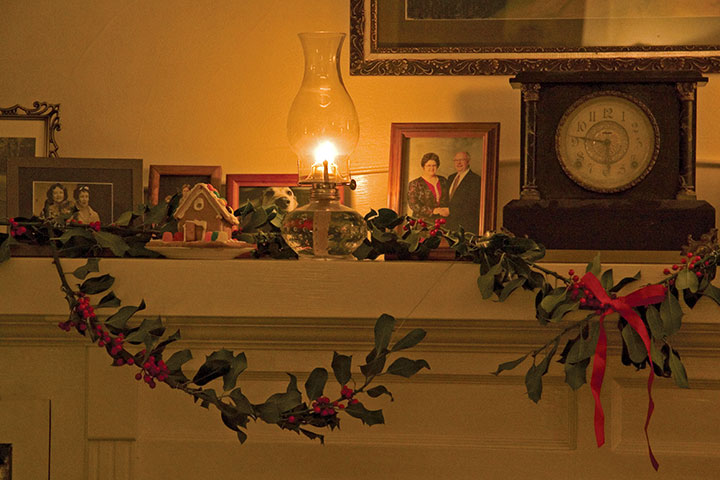

![Chandler O'Leary [logo]](https://chandleroleary.com/wp-content/themes/chandleroleary/images/logo.png)



















































